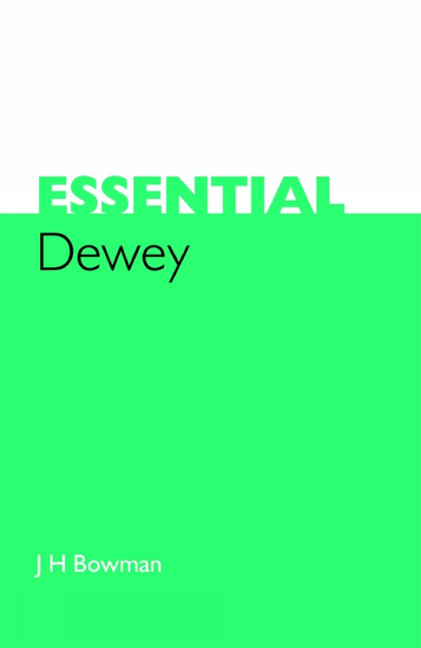Book contents
- Frontmatter
- Contents
- Preface
- 1 Introduction and background
- 2 Outline of the scheme
- 3 Simple subjects
- 4 Number-building, 1: Standard subdivisions
- 5 Number-building, 2: Other methods
- 6 Preference order
- 7 Exceptions and options
- 8 Special subjects
- 9 Compound subjects
- 10 WebDewey
- Answers to exercises
- Bibliography
- Index
5 - Number-building, 2: Other methods
Published online by Cambridge University Press: 08 June 2018
- Frontmatter
- Contents
- Preface
- 1 Introduction and background
- 2 Outline of the scheme
- 3 Simple subjects
- 4 Number-building, 1: Standard subdivisions
- 5 Number-building, 2: Other methods
- 6 Preference order
- 7 Exceptions and options
- 8 Special subjects
- 9 Compound subjects
- 10 WebDewey
- Answers to exercises
- Bibliography
- Index
Summary
We have looked at the use of standard subdivisions in number-building. With the provisos mentioned in Chapter 4, you can use standard subdivisions whenever they are appropriate. But there are other means of building numbers, and these are used only when there are specific instructions.
Other tables
We need to look first at the other tables which are included in Volume 1 of the printed scheme. These are:
Table 2 Geographic areas, historical periods, persons
Table 3 Subdivisions for the arts, for individual literatures, for specific literary forms
Table 4 Subdivisions for individual languages and language families
Table 5 Ethnic and national groups
Table 6 Languages
You cannot use any of these unless a specific instruction is given in the schedules (or in another table).
Tables 3 and 4 are used in Literature and Languages respectively (part of Table 3 is also used in a few other places), and they are discussed on pp. 96–103 and 81–4. Tables 5 and 6 are fairly self-explanatory, and we shall see some examples of their use later in this chapter.
Table 2 Geographical areas, historical periods, persons
Before going further, let's look at Table 2 in more detail, as it is by far the largest and most important of the tables.
We have already seen it being added to —09 from Table 1 to specify place; because this is built in as an instruction in Table 1 you can use it whenever it is appropriate.
The main purpose of Table 2 is to provide numbers for anywhere in the world, or indeed in space, for which you might need a number. Historical periods are also included in brief at the beginning of the table, in order to simplify instructions in some places in the schedules, but you are always referred back to Table 1 for the detail. It is generally simpler to think of Table 2 as dealing with places and persons only.
Most of this is very straightforward, and there is not very much to say about the numbers for the modern world, —4 to —9.
- Type
- Chapter
- Information
- Essential Dewey , pp. 45 - 57Publisher: FacetPrint publication year: 2004



